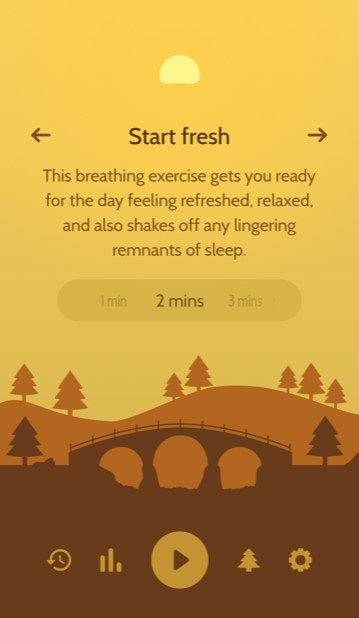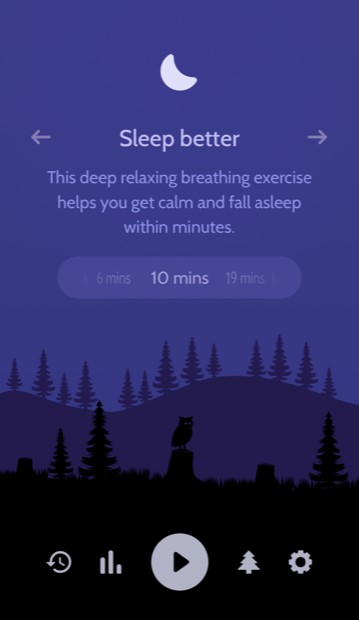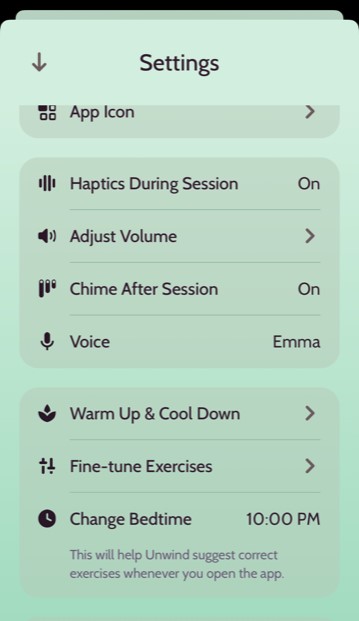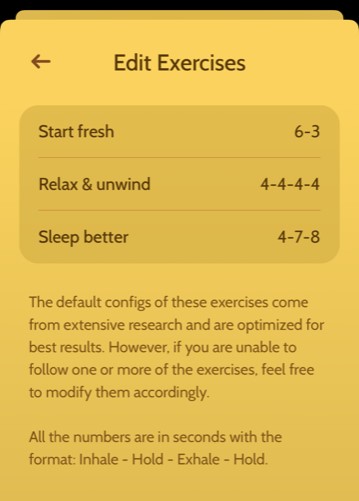On October 23, 2017, I finished radiation therapy for my stage 1, triple-positive breast cancer. That was three years ago. At that point, I imagined myself being through all the “tough stuff”. I’d already had surgery that March, spent the summer enduring chemo infusions, and then six weeks of radiation in autumn.
October 23rd seemed like a “marker” day. I rang the gong in the radiology waiting room, with all the staff present and smiling. It was a day that I knew I’d remember.
Except that it didn’t end up being a very important milestone. At that point, I didn’t fully realize that the treatment doesn’t really end. I can only say that it’s been three years since I finished chemo and radiation. But the truth is that a few weeks after that I started tamoxifen (surprise!), which came with its own worries. And I still had more than half of my infusions of Herceptin (trastuzumab, a monoclonal antibody) left, which stretched into April of 2018.
I guess next April, I’ll mark THAT as another milestone.
This coming December I can mark a full year of taking letrozole (aromatase inhibitor), which came after two years on tamoxifen. But I’m still supposed to be on that stuff for “a few more” years – it’s funny that my oncologist has not been specific about that. And I’m not very interested in asking, unusual for me.
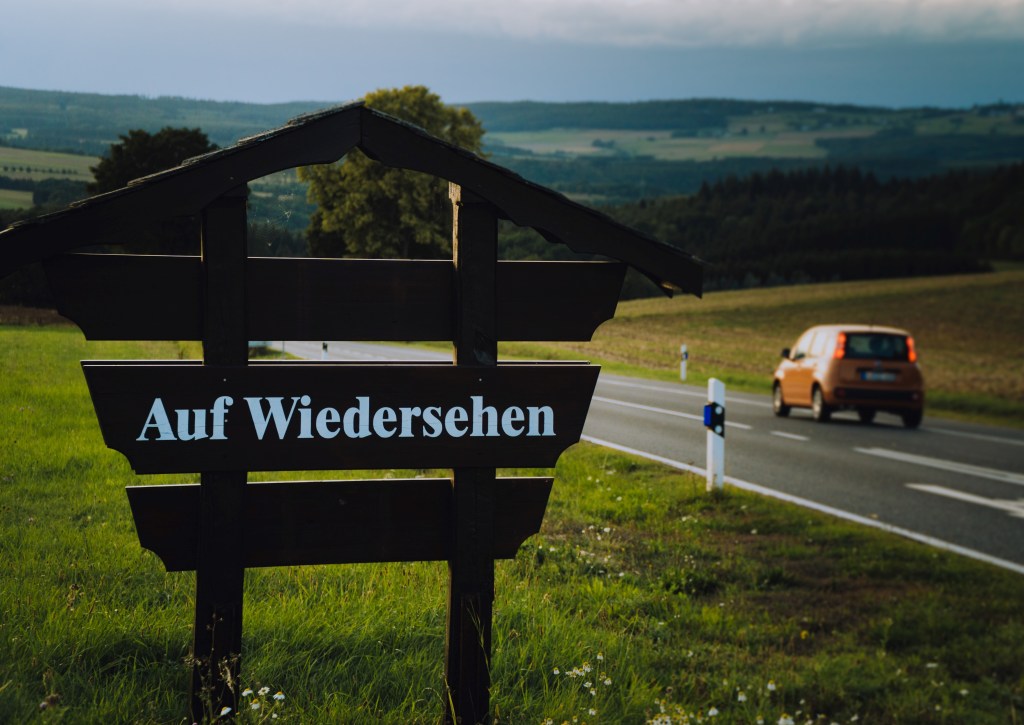
What once seemed like a very clear treatment plan, a definite path through the cancer jungle, now seems fuzzy and gray. In one of my first posts here, I talked about being able to put everything behind me, with the more time that passed after “finishing” chemo and radiation. Who was I kidding?
When mammogram time comes up, there’s that familiar rush of anxiety, knowing that I’ll be sitting in that comfy robe in the quiet waiting room, pretending to enjoy a cup of tea, but my tummy will be floating and I’ll try to not to think of much. That’s the work of cancer.
When I wake up in the middle of the night with my hand aching and fingers painfully stiff, medication side effects that are deemed, by the medical community, to be “worth it”. That’s the work of cancer.
When I wonder whether my 18-year-old daughter should be doing breast self-exams now. And whether she’s be hurt by whatever “mistake” my body made in not cleaning up some tumorigenic genetic defect. That’s the work of cancer.
So it makes all those “milestones” a little less fun and exciting.
~~~~~~~~~~~~~~~~~
But I have to be honest — I still note the time that’s passed by. For my breast cancer, the two-year mark is most important, followed by the five-year mark and then the 10-year one. Each year cancer-free makes me more cocky. But the truth is, one “bad” scan, and I’m back to square one: cancer patient. And then I’ll regret not having appreciated those milestones more.







